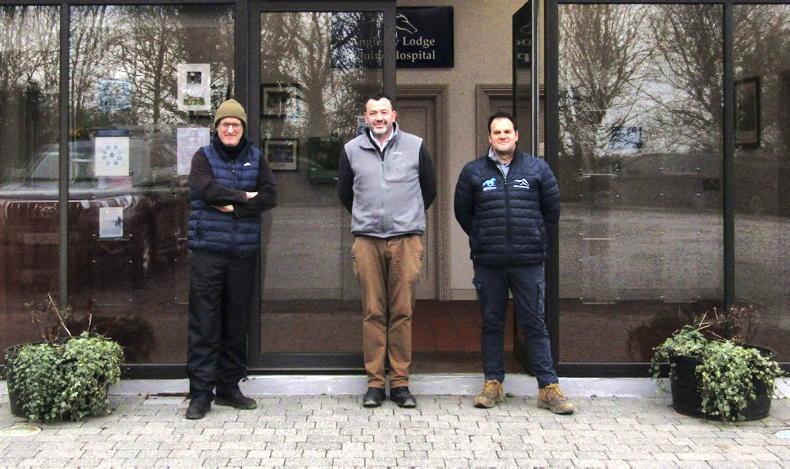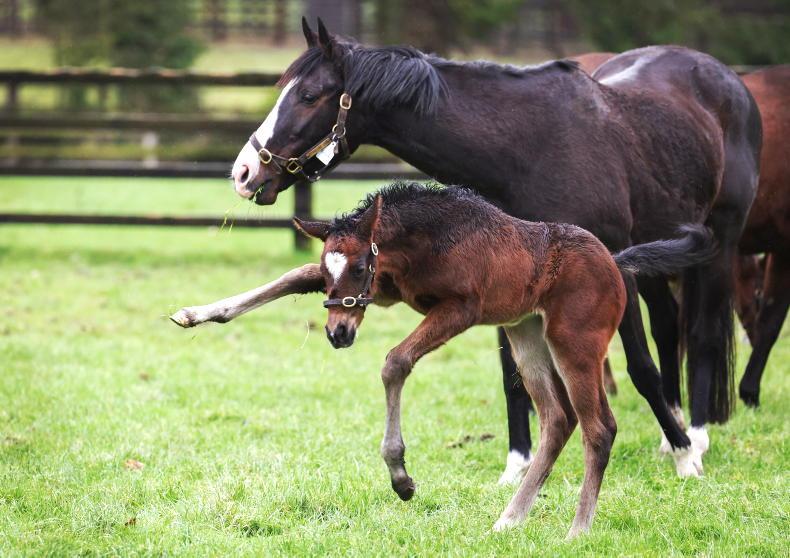WHEN it comes to weaning, the age of the foal is less important than its physical and psychological maturity. Animals on the point of weaning should be in good health and accustomed to eating concentrates as well as forage, to ensure they can meet their nutritional demands without a milk supply. The foal should be naturally spending less time with the mother and exhibiting more independent behaviour. Accustom them to a daily routine of handling, being led and having feet picked up well before weaning. This helps to avoid additional stress when managing the foal on its own.
Weaning is stressful for both the mare and foal, but adult horses are generally better able to handle the disruption. Therefore, try and alter the mare’s routine by removing her, rather than expecting the foal to adapt to the loss of its dam at the same time as it moves to a new location. If possible, get the foal accustomed to other horses as companions by introducing them to a calm and sensible adult horse before weaning.
Paddock weaning a group of foals (where one mare is removed at a time) is generally less stressful than abrupt separation of all individuals at once. However, if you only have one foal on the premises then this is hard to avoid. In this case the safest option is to house the mare and foal together in a secure stable before weaning. The mare can then be removed to a location out of sight, scent and earshot of her offspring. It’s a good idea to reduce the mare’s concentrate feed intake by at least a half for a day or two before weaning, as this can help her milk to dry up more rapidly.
Ensure the stable is well bedded, secure and free of any protruding items that the foal might catch and injure itself on if it gets distressed when it realises it’s alone. The occasional weanling may try and climb out over the door, so either put up a grille or keep the top door closed until the foal adapts and settles. A well fenced pen or small turnout paddock is an alternative to a stable, but this does somewhat increase the risk of injury if the foal is able to build up some speed and attempts to take on the boundary in an escape bid! It’s generally a case of taking a look at the temperament of the horses involved and the available facilities to figure out the safest option under the individual circumstances.
A familiar routine, environment, handlers and other companion horses will help to reduce the anxiety experienced by youngsters during the weaning process. A European study found that the stress hormone cortisol increased dramatically in the bloodstream of a group of foals immediately after weaning (not so surprising). However, the levels had still not returned to pre-weaning levels three weeks later, indicating that it takes recently weaned animals several weeks to adapt fully to their new situation. This study also found that the foals spent less time resting after weaning than they had beforehand, and they were more inclined to lie on their chest, rather than sleep flat out on their side.
There’s no doubt that while weaning is an essential and natural stage in a foal’s life, it can be quite stress-inducing. However, with a bit of planning it can be well managed, with a healthy and thriving weanling as the result.


 This is a subscriber-only article
This is a subscriber-only article
 It looks like you're browsing in private mode
It looks like you're browsing in private mode










SHARING OPTIONS: